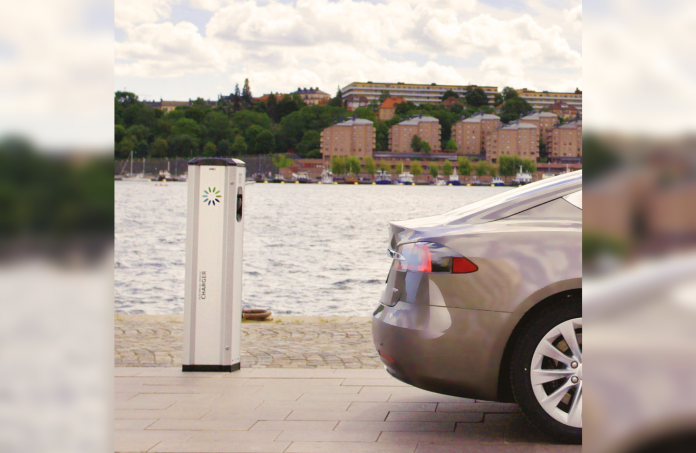We are now at the point where the devaluation of fossil fuelled cars is making the switch to electric a real contender for the average car buyer. For businesses, this is a real opportunity to gain advantage at the beginning of this sea change. Here is some of the essential information you need:
WHAT ARE THE DIFFERENT TYPES OF ELECTRIC VEHICLES?
Hybrid – a combination of a combustion and electric engine that does not rely on EV chargers. PHEV (Plug-in Hybrid Electric Vehicle) – this is a hybrid of a combustion and electric engine which can also have its battery charged from a power socket. Most PHEV vehicles can only be charged using AC current electricity. There are, however, vehicles (e.g. Mitsubishi Outlander), that can be charged using electricity with either an AC or DC current. BEV/BOEV (Battery Electric Vehicle/ Battery Only Electric Vehicle) – pure electric cars that operate on an electric charge only. All BEV vehicles can be charged from a power socket with an AC or DC current.
HOW LONG DOES THE CHARGING PROCESS TAKE WITH ELECTRIC VEHICLES?
When using an alternating current (AC), the charging time for an electric vehicle depends on the charging station as well as on the vehicle itself. AC charging www.elecmagazine.com FOLLOW US ON: takes place using Mode 3, which means that there is communication between the vehicle and the charger, the vehicle defines the maximum permitted charging power, which is dependent on the inverter installed within the vehicle. Quick Chargers allow faster charging times (from just 7 minutes) as they supply current directly to the car battery, without having to use the car’s onboard charger.
WHAT KIND OF ELECTRICAL CONNECTION IS REQUIRED TO SUPPLY A CHARGING STATION?
The power of the connection depends on the power of the charger. In the case of AC charging station, it is between 3.7kW and 22kW.
WHAT TYPES OF CONNECTORS AND SOCKETS ARE THERE?
In the case of AC chargers: Type 1 and Type 2. In the case of DC chargers: CHAdeMO or CCS – Combo T2.
IS THERE A MAP SHOWING THE LOCATION OF PUBLIC CHARGING STATIONS?
The international website www. plugshare.com not only provides the locations of charging stations across the entire globe, but also lets you know if they are currently being used.
DO I NEED A CHARGER AT HOME IF MY VEHICLE HAS AN ONBOARD CHARGER?
An on-board charger allows you to top-up your charge while you are on the road, in a location far away from home. Charging stations at home guarantee that your vehicle will always be fully charged when leaving home for a shorter or longer trip. Dedicated home chargers also have the advantage over public charging points in that they are always and only at your disposal. A private home charger is also entirely adjusted to your vehicle. There is no risk of non-conformity of standards between sockets in the terminal and your vehicle. Garo Electric is at the forefront of electric vehicle charging and carries a complete range from wall- mounted chargers for your home, to public on-street stations, right through to rapid charge chargers for service stations.












